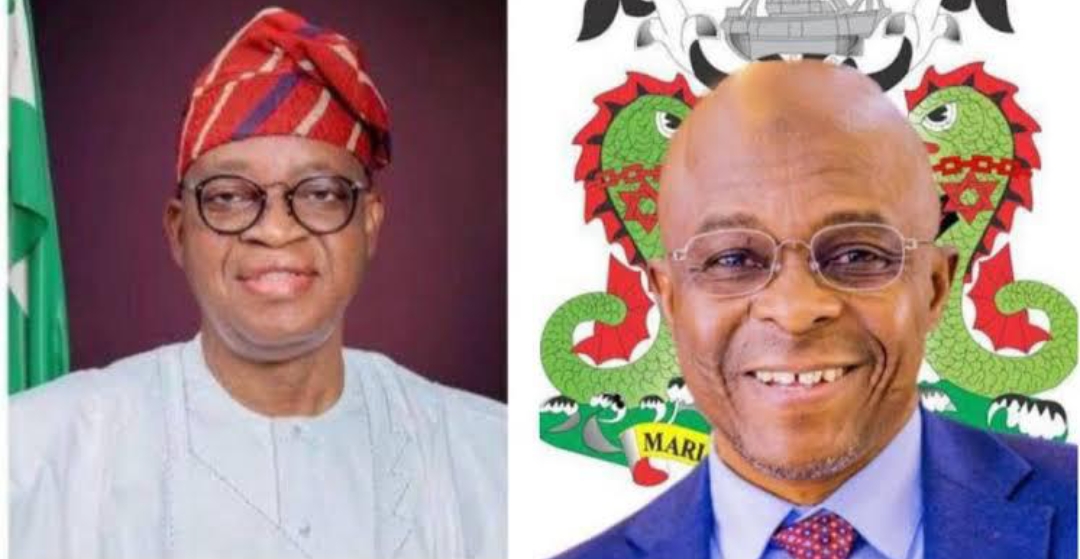
Dr. Abubakar Dantsoho, Managing Director of the Nigerian Ports Authority is sustaining conscious steps to revive eastern promotes and reposition the ports for optimum efficiency, Ismail Aniemu reports
The NPA MD is pursuing an agenda to boost national economy, maximise the potentials of Onne and Porthacourt ports while also reviving existing ports in Calabar, Warri and other parts of the South South without losing focus on greenfield port projects
Deepening Nigeria’s Participation in the African Continental Free Trade Area (AfCFTA) regime
Dr. Dantsoho’s investment drive tours of Eastern Ports have yielded expressions of interest for Rivers, Calabar, and Burutu Ports. The recently celebrated call of the wholly Nigerian-owned MV Ocean Dragon at Onne’s West African Container Terminal (WACT) on July 31, 2025 speaks to the laudable outcomes of his efforts
With a 349 TEU capacity, the MV Ocean Dragon shall be plying routes across West, Central, and Southern Africa, exemplifying the “Nigeria First” policy and pronouncing Nigeria as a key player in intra African trade.
NPA through this efforts is integrating Nigerian producers with global markets while helping them to maximise the immediate benefits of the proximate African trade corridor by water
Dantsoho is deliberate about tariff which is seen in adjustments effective March 1, 2025, to reflect operational costs while maintaining competitiveness. The NPA’s 25-year master plan emphasizes automation, cybersecurity, and sustainability, including a proposed “Green Craft Acquisition Fund” for IMO-compliant vessels.
Partnerships and Recent Achievements Touching on Exports
Strategic partnerships are driving growth. Hapag-Lloyd launched a weekly service at Onne, connecting Eastern Nigeria to global routes and enhancing transshipment under the African Continental Free Trade Area (AfCFTA).
Collaborations with relevant agencies of government like the Nigeria Customs Service (NCS) for 24-hour operations aim to reduce cargo release times and curb diversions to neighboring ports.
Performance metrics reflect success so far. Service boat GRT rose 129.3% to 4.58 million tons in 2024. Eastern Ports have seen larger vessels berth safely, with stakeholders like Indorama reporting higher export tonnages.
The NPA projects ₦1.28 trillion in revenue for 2025, up from ₦894.86 billion in 2024, partly fueled by Eastern Port growth as part of its contribution to President Bola Tinubu’s Renewed Hope Agenda
It isdeveloping a new incentive regime to encourage patronage of non-Lagos ports, including discounts and streamlined processes for Eastern corridors. Discussions with stakeholders like the Seaport Terminal Operators Association of Nigeria (STOAN) focus on boosting indigenous ownership and short-sea shipping.
These initiatives align with the federal government’s “Nigeria First” policy, emphasizing infrastructure modernization, operational efficiency, and indigenous participation in the maritime sector.
By enhancing capacity and security, the NPA aims to attract larger vessels, increase cargo throughput, and stimulate economic growth in Nigeria’s South-South and South-East regions.
Recent performance data shows promising results, with ship calls rising 5.6% from 3,791 in 2023 to 4,005 in 2024, and Gross Registered Tonnage (GRT) surging 15.4% to 142.66 million tons.63016d
Infrastructure Modernization and Capacity Building
A cornerstone of the NPA’s strategy is significant investment in port infrastructure to accommodate larger vessels and reduce vessel turnaround times.
At Onne Port Complex, a Public-Private Partnership (PPP) with West African Container Terminal (WACT) Nigeria Limited has advanced Terminal ‘B’ expansion (Berths 7 and 8) to 62% completion, with over $110 million invested.
This upgrade is part of a broader $2.9 billion Onne Port Expansion Phase 4B project which is the largest port investment in Africa over the past decade
Additionally, a 6,000 metric tonne bitumen tank is nearing completion at Rivers Port Complex, enhancing storage and supporting regional infrastructure needs.
The NPA has secured $1.1 billion for comprehensive rehabilitation across Eastern Ports, including Onne, Rivers, Calabar, and Warri. Key projects include road network integration at Onne’s Berths 9-11, installation of marine fenders authority-wide, and surveys for shore protection at Escravos breakwaters in Warri.
Navigational aids and buoys have been deployed in Warri and Calabar Pilotage Districts to improve channel marking and safety. These enhancements have led to unprecedented cargo traffic, particularly at Onne, attributed to improved channel security and reduced attacks on vessels.
Dredging efforts are ongoing to increase draught depths, such as targeting 11 meters at Onne and Calabar to handle bigger ships. Historical challenges, like the stalled $12.5 million Calabar Channel dredging, highlight past setbacks, but current reforms aim to prevent such issues
Acquisition of Advanced Equipment and Delay Reduction
To eliminate berthing and sailing delays, the NPA has acquired state-of-the-art harbour crafts, including two 80-tonne Bollard Pull tugboats (M.T. Maikoko and M.T. Da-Opukuro), the first of their kind in Africa. These vessels, complemented by additional tugboats and pilot cutters, have improved efficiency, with average vessel turnaround time dropping to 5.16 days so far
The Electronic Call-up (Eto) system and Export Processing Terminals (EPTs) have further streamlined operations, boosting export volumes by 60% in some terminals.
These tools support multimodal transport, aligning with International Association for Ports and Harbours (IAPH) standards for port-hinterland connectivity. Truckers have praised the opening of ‘Road D’ at Onne, which has alleviated logistics bottlenecks.
Future Outlook: A Thriving Eastern Maritime Hub
The NPA’s multifaceted approach—combining infrastructure upgrades, equipment acquisitions, incentives, and partnerships—positions Eastern Ports as vital economic engines.
Under Minister Gboyega Oyetola’s supervision, these efforts promise sustained ease of doing business and blue economy optimization. As transshipment figures from Lekki Deep Seaport rise and trade surpluses grow, the Eastern Ports are poised for even greater vessel traffic and investment, contributing to Nigeria’s maritime renaissance. Continued focus on security, dredging, and indigenous capacity will be key to realizing this potential.
Proximity to Northern Industrial Clusters
For years, shipping into Nigeria meant Lagos ports first, everywhere else second. The Eastern Ports- Port Harcourt, Onne, Warri, and Calabar- were left in the shadows despite their proximity to key markets and resource corridors.
Today, that story is beginning to change. Under the leadership of Dantsoho. Eastern ports are being repositioned as a competitive gateway. For shippers, the benefits are obvious- shorter turnaround times, closer access to the South-East and North-Central industrial clusters, lower transportation costs, and the ability to move agricultural and mineral products more efficiently.
Despite its potential, weak infrastructure and limited connectivity kept the Eastern ports underused. Lagos absorbed over 90 percent of maritime traffic while Eastern facilities ran below a third of their capacity.
Rebuilding Investors Confidence to Attract FDI’s to Viable Private Sector Initiatives Like Ship Building and Repairs
NPA is presently at the heart of the federal government’s drive to strengthen Nigeria’s economic diversification options through a sustainable blue economy
Ventures like ship building, ship repair and other dry dock activities are attracting attention .
At a recent forum in Lagos, Engr. Greg Ogbeifun, founder of Starz Marine and Engineering Limited in Rivers State disclosed the commitment of 350m USD loan by Afrexim Bank to facilitate shipbuilding and expansion of the yard .
This will aid the expansion of the Starz shipyard from 500 tons to 10,000 ton lifting capacity, 120 meter long circle lift, for the purpose of achieving quality ship repair and building which Nigerians have had cause to travel for.
Prioritised Channel Dredging and Equipment Upgrade at Warri, Onne and Calabar
Port Harcourt, though historic, was underdeveloped, Onne thrived as an oil and gas base but as container-handling one while Warri struggled with shallow approaches through Escravos, and Calabar on the other hand battled draft restrictions that discouraged major carriers. These barriers created a cycle of neglect and reinforced Lagos’ dominance.
Breaking that cycle has become a priority for the Dantsoho led administration at Nigerian Ports Authority as such reforms that include infrastructural and equipment upgrades, financial incentives, and stakeholder engagement have been put forward. Channel dredging and rehabilitation are said to be ongoing at Warri, Onne, and Calabar to accommodate larger vessels.
This is in spite of the fact that Onne has welcomed ships that once avoided the corridor. Security patrols across the Niger Delta are supported by partner agencies, thereby reducing piracy and other threats at sea while reassuring international shipping lines of the security of their vessels. On the commercial side, tariff rebates on harbour dues has lowered cost for users of the Eastern ports, while terminal concessions are driving private investment in modern cargo-handling equipment.
Succour for Manufacturers in Aba, Traders in Onitsha
Thanks to NPA, manufacturers in Aba, traders in Onitsha, and industrial clusters in Nnewi can now route their cargo through the Eastern ports nearest to them, saving time and money. With this new dawn, Onne will strengthen its dominance as the Gulf of Guinea’s offshore logistics hub. Port Harcourt and Calabar can become lifelines to South-East and linkages to Cameroon and Central Africa.
Harnessing Multimodal Connectivity From Ports to Rail at the Eastern Corridor Linking the North East
Hopefully through the Port Harcourt -Maiduguri rail, the North-East would have a direct maritime outlet, where agricultural produce and solid minerals can be exported from. This is exactly what an efficient port system is.
Conclusion
Like the legendary King Midas, whose hands turned anything he touched to gold, Dr Dantsoho is championing a regime of deploying human resources and materials to where matters most, focusing attention on critical areas of NPA functions that affects the economy.
His hands on approach to management and leadership is providing a hybrid of government, private and sector collaboration that daily draws Nigeria closer to the full realisation of becoming the leading maritime country in West and Central Africa.
His impactful work in progress mode is a testament to his decades of involvement in port activities as a youth corp member in NPA to an employee who grew through the ranks that providence has seen to now lead the NPA as MD.
There is a consensus that he is President Tinubu’s most experienced maritime appointee who justifies the trust by creating an enabling environment for unfettered growth in the nation’s blue economy ecosystem


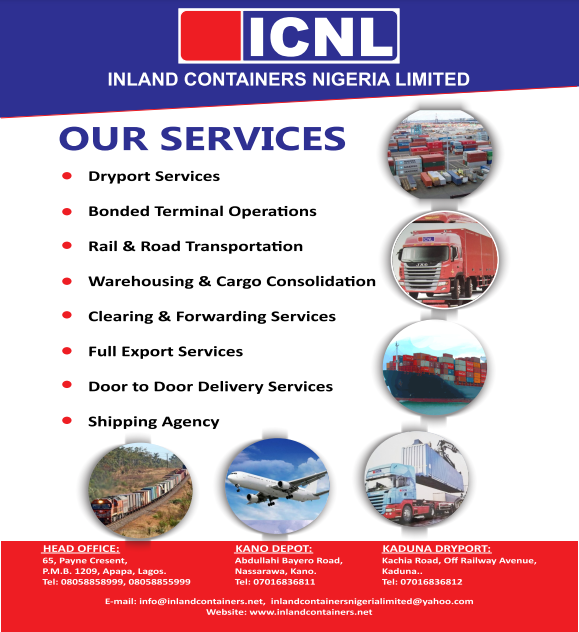
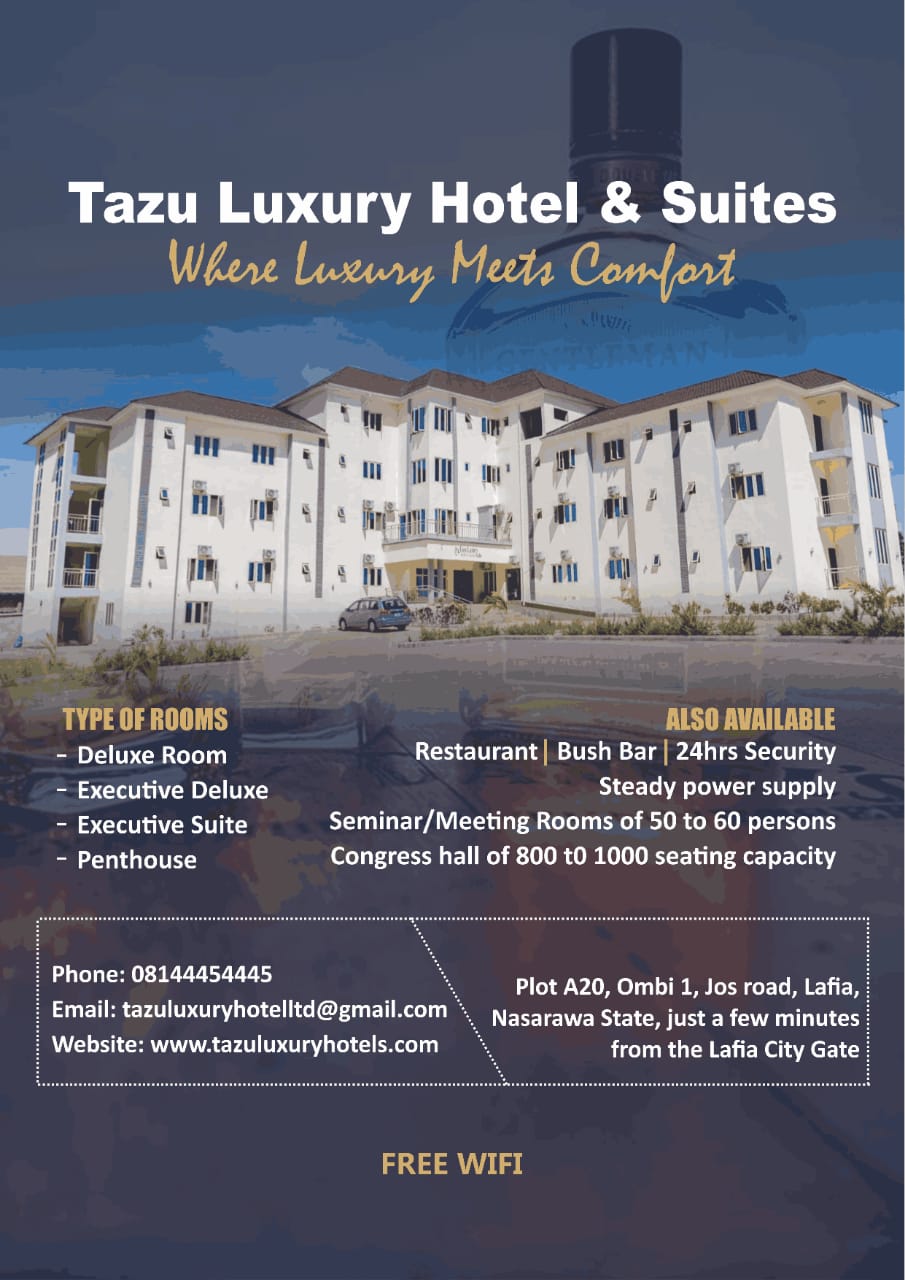
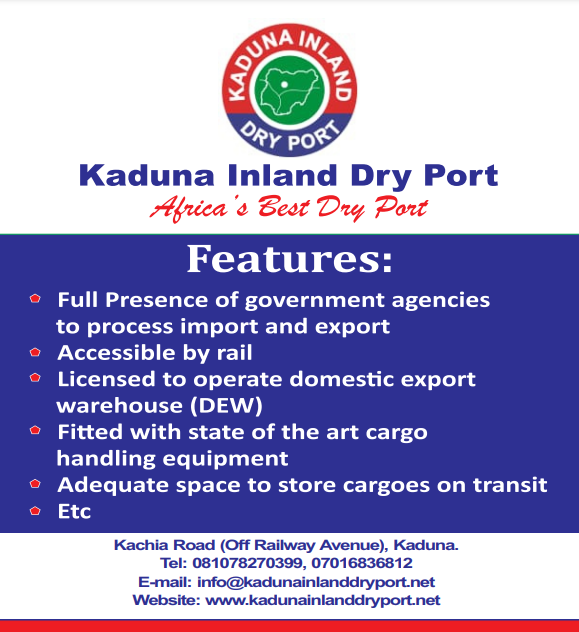

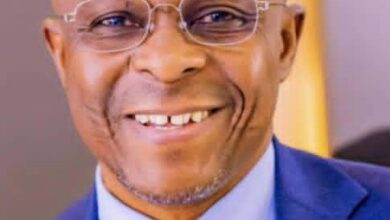
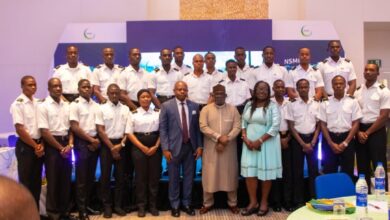
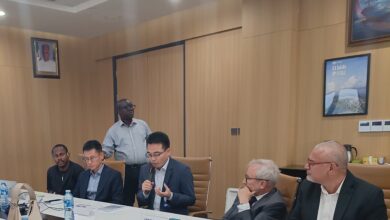

I wanted to take a moment to commend you on the outstanding quality of your blog. Your dedication to excellence is evident in every aspect of your writing. Truly impressive!